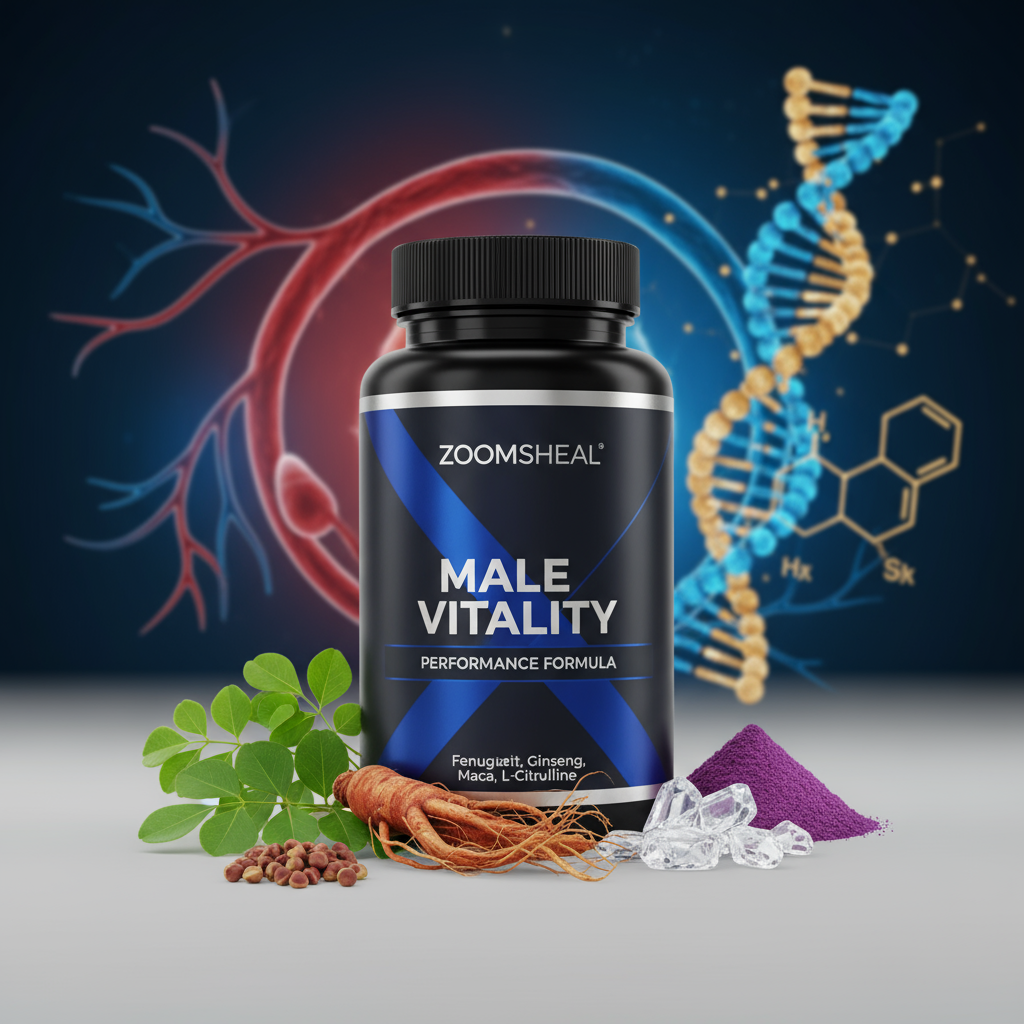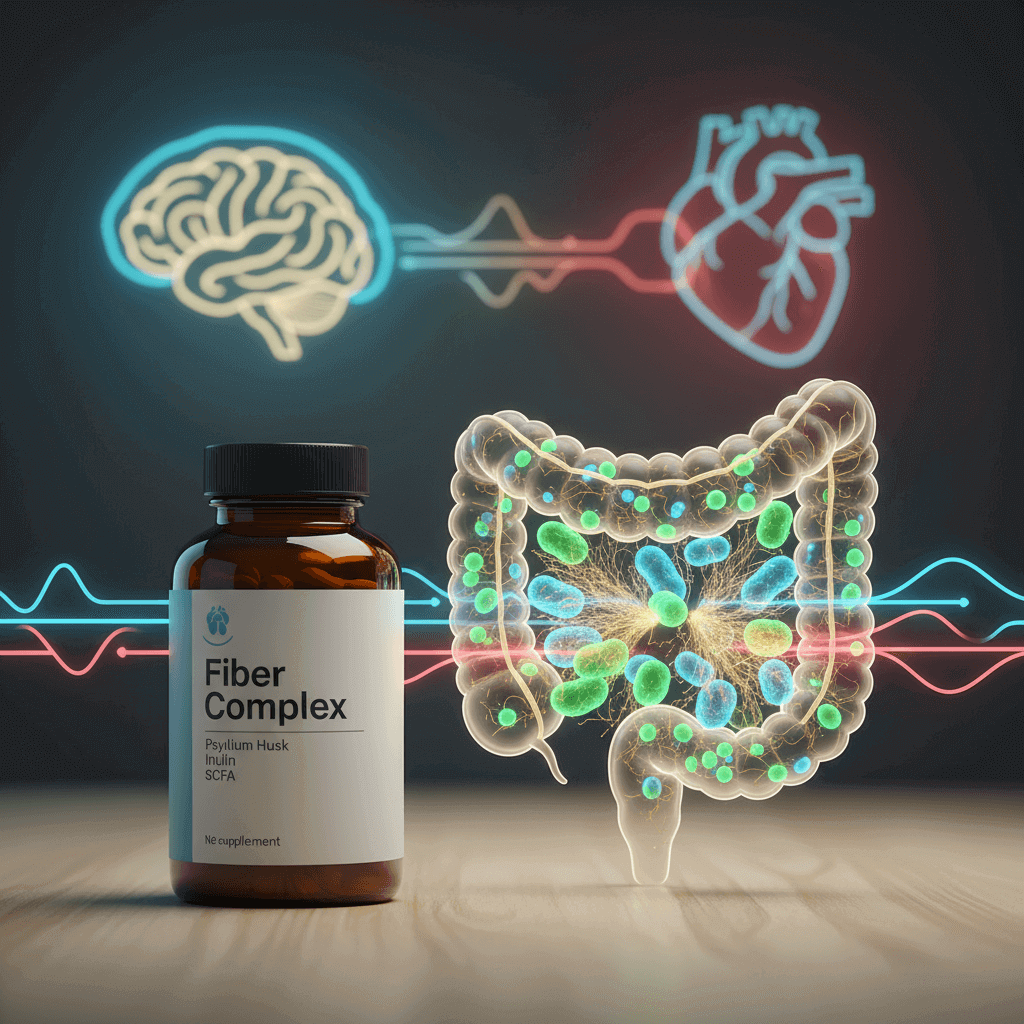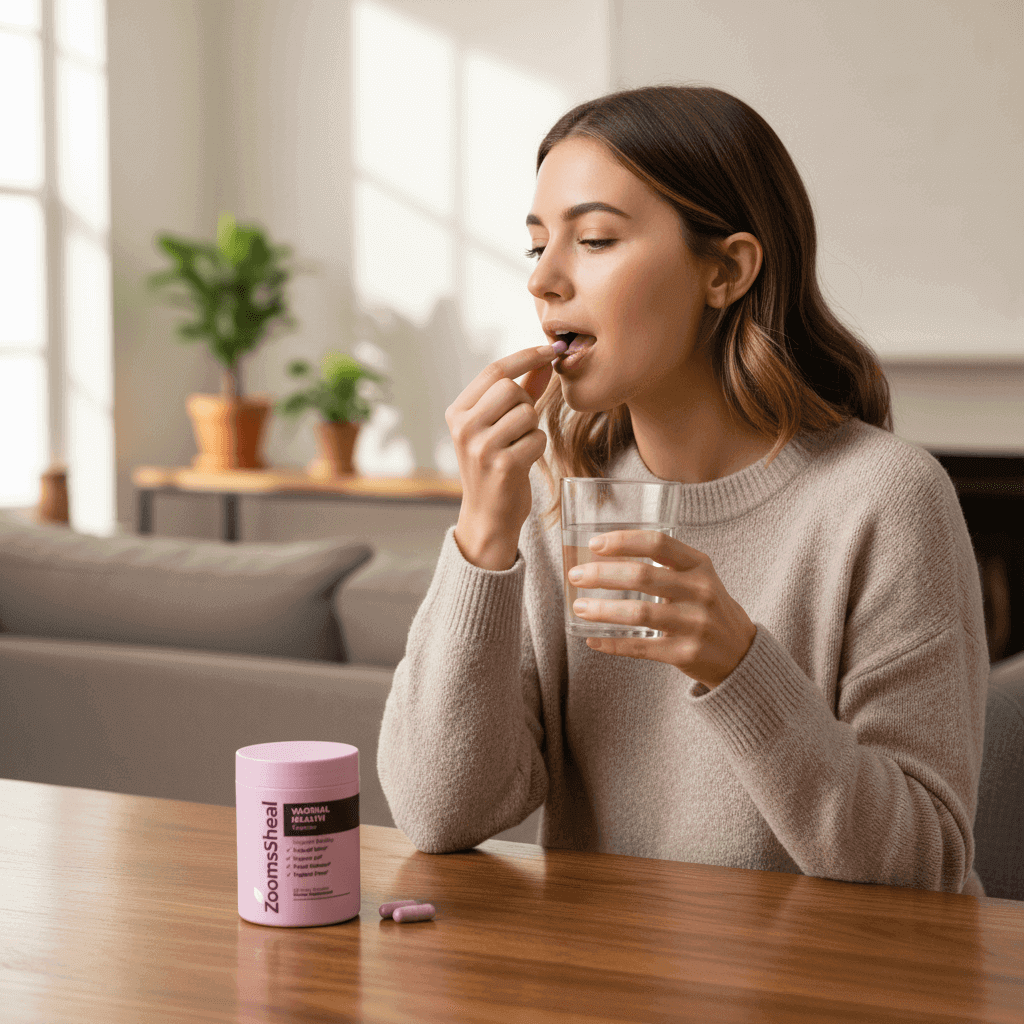Bridging the Fiber Gap in Modern Nutrition
Dietary fiber—the indigestible component of plant foods—is universally acknowledged as a critical factor in maintaining human health and preventing chronic disease. Despite decades of nutritional guidance, a significant portion of the global population, particularly in Western countries, consistently fails to meet the recommended daily intake of 25-38 grams. This widespread deficiency, often termed the "Fiber Gap," contributes significantly to the rising rates of chronic conditions, including cardiovascular disease, type 2 diabetes, and various gastrointestinal (GI) disorders.
In response to this pervasive need, fiber supplements have transformed from niche, single-purpose laxatives into sophisticated, multifunctional tools for proactive wellness. The global fiber supplements market is experiencing robust growth (projected CAGR of over 8% until 2032), driven by heightened consumer awareness—a trend heavily reflected in top Google searches for topics like "fiber for weight loss," "soluble fiber for cholesterol," and "prebiotic supplements."
This article provides a comprehensive, science-backed exploration of fiber supplements, detailing their mechanisms, types, and the diverse, systemic health benefits that extend far beyond simply promoting bowel regularity.
I. The Science of Diversity: Soluble vs. Insoluble Fiber Mechanisms
Fiber is not a monolithic compound; its profound health effects are intrinsically linked to its physical and chemical properties, primarily solubility, viscosity, and fermentability. Supplements often rely on concentrated forms of these two major categories, each offering distinct therapeutic pathways.
A. Soluble Fiber: The Metabolic and Prebiotic Powerhouse
Soluble fiber dissolves in water, forming a highly viscous, gel-like substance in the upper digestive tract. This property is the foundation of its powerful systemic and metabolic benefits:
-
Viscosity and Blood Sugar Control : The gel formed by viscous soluble fibers (e.g., psyllium husk, beta-glucan from oats and barley) physically slows gastric emptying. By slowing the movement of chyme and the absorption of glucose into the bloodstream, this fiber "flattens" the postprandial glucose curve. This mechanism is crucial for individuals managing type 2 diabetes and those seeking sustained energy and metabolic stability.
-
Cholesterol Reduction : Viscous soluble fiber binds effectively to bile acids (which contain cholesterol) in the small intestine. This complex is then excreted through the stool. To replenish the lost bile acids, the liver must draw cholesterol directly from the bloodstream, particularly Low-Density Lipoprotein (LDL, or "bad") cholesterol, thereby lowering serum cholesterol levels and providing evidence-based support for cardiovascular health.
-
Prebiotic Functionality: Most soluble fibers (e.g., inulin, fructans, resistant starch) are also highly fermentable. They are resistant to human digestion but serve as high-quality fuel, or prebiotics, for the beneficial commensal bacteria (e.g., Bifidobacteria, Lactobacilli) residing in the colon.
B. Insoluble Fiber: The Structural and Bulking Agent
Insoluble fiber does not dissolve in water. It passes through the digestive tract largely intact, acting like a non-fermentable structural sponge:
-
Promoting Regularity and Stool Bulk: Its primary function is to increase stool mass and volume, simultaneously attracting water into the stool. By adding bulk and stimulating the intestinal walls, insoluble fiber (e.g., wheat bran, cellulose) accelerates transit time through the colon. This makes it highly effective at alleviating chronic constipation and maintaining smooth, predictable bowel movements, reducing the risk of conditions like hemorrhoids and diverticulosis.
-
Gut Health Maintenance: By adding volume and regulating transit, insoluble fiber reduces the contact time between potential carcinogens or toxins and the sensitive colon wall, contributing to overall colon health.
II. Beyond Digestion: The Multifunctional Health Spectrum
The impact of supplementing with a high-quality, diverse fiber source extends into several interconnected areas of preventative health, validating the consumer shift toward these products.
A. Gut Microbiome Health and the SCFA Connection
The fermentable fraction of fiber is the key to unlocking its most profound systemic effects. When the gut bacteria consume fiber, they produce beneficial metabolites known as Short-Chain Fatty Acids (SCFAs), primarily Butyrate, Acetate, and Propionate.
-
Butyrate and Barrier Function: Butyrate is the preferred energy source for colonocytes (colon cells). Fueling these cells is critical for maintaining the integrity and resilience of the gut epithelial barrier, which acts as the body’s first line of defense against pathogens and toxins.
-
Systemic Anti-Inflammation: SCFAs act as signaling molecules, interacting with immune cells residing in the gut-associated lymphoid tissue (GALT). This interaction influences immune response and helps exert a potent anti-inflammatory effect that can potentially modulate chronic, low-grade systemic inflammation linked to various modern diseases.
B. Weight Management and Satiety
Fiber supplements are now a central component of many weight management protocols due to their dual mechanism of action:
-
Increased Satiety and Calorie Control: Viscous soluble fibers swell significantly in the stomach, physically delaying gastric emptying and promoting a sustained sense of fullness (satiety). This inherent satiating effect naturally leads to a reduction in overall caloric intake and mitigates cravings.
-
Hormonal Regulation: The production of SCFAs in the colon influences the release of appetite-regulating hormones, such as PYY and GLP-1, which further contribute to reduced food intake and improved metabolic signaling.
C. Integrated Cardiovascular and Metabolic Risk Reduction
Fiber’s benefits for the heart go beyond direct cholesterol reduction:
-
Blood Pressure Regulation: Research suggests that high fiber intake is inversely correlated with blood pressure levels, further reducing overall cardiovascular risk.
-
Metabolic Syndrome Mitigation: By simultaneously improving blood sugar control, lowering LDL cholesterol, aiding weight management, and reducing inflammation, fiber supplements offer a powerful, integrated strategy to mitigate the complex risk factors associated with metabolic syndrome.
III. Strategic Formulation: Key Fiber Supplement Types
As a manufacturer, understanding the distinct functional properties of different fiber isolates is crucial for targeted product development and marketing.
Dietary Fiber Matrix
Explore the functional diversity of dietary fibers — from soluble prebiotics to viscosity-modulating polysaccharides — each with unique applications in gut, heart, and metabolic health.
IV. Current Market Trends and Future Innovations
The trajectory of the fiber supplement market is moving rapidly toward sophisticated, personalized solutions, reflecting greater consumer education and scientific integration.
-
Multifunctional Synbiotics: The integration of fiber (as the prebiotic) with high-potency probiotics is a dominant market trend. These Synbiotic products offer a complete 360-degree approach to gut health, simultaneously supplying beneficial bacteria and the fuel required for their sustained colonization.
-
The Clean Label Imperative: There is a surging demand for "clean label" and plant-based products, requiring transparency regarding sourcing and a preference for naturally derived, organic fibers free from artificial fillers, colors, or unnecessary additives.
-
Delivery Form Innovation: While powders and tablets remain common, the fastest-growing delivery forms are those offering convenience and palatability, such as fiber gummies, liquid shots, and clear, taste-neutral soluble fibers that can be mixed discreetly into beverages.
-
Targeting the Gut-Brain Axis: Future formulations will increasingly combine specific fermentable fibers with psychobiotics (strains with mental health benefits) to target the emerging clinical area of the Gut-Brain Axis, linking fiber intake to mood and stress resilience.
V. Practical Integration and Safety Protocols for Consumers
To maximize the benefits of fiber supplementation and avoid common side effects, consumers must adhere to strict usage protocols.
-
Gradual Introduction is Key: Rapidly increasing fiber intake can overload the microbial capacity, leading to temporary but uncomfortable side effects like gas, bloating, and abdominal discomfort. Healthcare professionals universally advise a slow, gradual increase (e.g., 3–5 grams every few days) over several weeks to allow the gut microbiome time to adapt.
-
Crucial Hydration: Fiber, especially viscous soluble fiber, requires copious amounts of water to form its effective gel and prevent clumping or blockage. Adequate fluid intake is non-negotiable when taking fiber supplements.
-
Medication Timing: Due to fiber's ability to bind substances and slow gastric absorption, it should ideally be taken 2 hours before or after any oral medications, particularly heart or diabetes drugs, to prevent interference with their absorption and efficacy.
Fiber as a Foundational Nutrient
The overwhelming scientific consensus confirms that fiber is a foundational nutrient critical for longevity, metabolic health, and disease prevention. Fiber supplements offer an accessible and effective solution to the widespread Fiber Gap, delivering concentrated, specialized sources of soluble and insoluble fibers. By providing evidence-based support for crucial functions—from bowel regularity and blood sugar control to heart health and the essential nourishment of the gut microbiome—fiber supplements represent a vital and scientifically powerful addition to the modern diet, securing their position as a central pillar in the future of the supplement industry.






